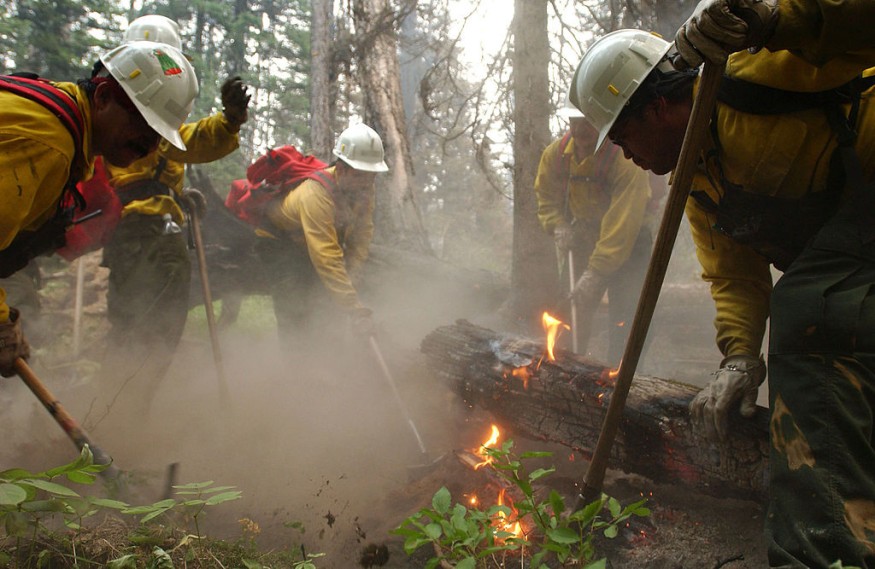The recent report revealed the role of forest thinning in restoring and improving the forests in Eastern Oregon.
With collaborative efforts, researchers helped improve the forest resiliency amidst the fire threat.
Forests are essential to humans and animals as it is a home to many species, and also help protect biodiversity and fight against the effects of climate change.
However, forests also suffer from intense heat, wildfires and human-caused activities such as illegal logging.
As a result, the conservation and protection of trees and forests are vital to ecosystems and cities, especially for urban communities.
In the latest report published in Forest Ecology and Management, researchers explained the importance of forest resilience in Eastern Oregon and collaboration to save trees from possible decline.
Eastern Oregon Forest Restoration

Forests are at risk of fires during high temperatures and dry conditions. The lack of rain makes growing trees and surviving scorching heat more challenging.
Ecological restoration has been crucial to all forests vulnerable to fires. As extreme weather events worsen, forests should be more resilient to counter the effects of climate change.
In Eastern Oregon, researchers explained that dry forests could likely suffer from decline without mitigation plans.
With the advantage of forest thinning, researchers from James Johnston of the OSU College of Forestry helped save the area's forests.
The thinning process successfully increased the vegetation of forests in the area. According to the Oregon Forest Resources Institute, forest thinning is effective in restoring trees.
In thinning, they cut or remove the part of trees that could affect their possible growth, assisting the trees to become healthier.
With the increasing concerns of wildfires, forest thinning can reduce the possibility of fire emergence.
The US Forest Service noted that mechanical thinning of forests is considered one of the main ways to protect tree species distribution. It ensures the trees are not vulnerable to possible disease or invasive species attacks.
In some cases, the low-intensity fires in forests can maintain the health of trees.
Human-caused fires
Furthermore, one of the main concerns is human-caused wildfires. The report highlighted that human-caused fires manage to increase over the Pacific Northwest.
Over the Washington and Oregon, the record showed that about 197 human-caused fires have occurred since June 1.
In 2022, at least 409 human-caused fires happened.
Lightning strikes can unleash sudden bushfires and wildfires. In addition, the main problem of human-caused fires could quickly spread.
As a result, people are advised to observe the rules while in the forests. Car owners should not park their vehicles in the dry grass.
People should properly dispose of their cigars after consuming them. Cigarettes may be small, but they can spark massive fires.
Related Article : Fire Frequency Can Cause Ecosystem Collapse, Research Shows
For more similar stories, don't forget to follow Nature World News.
© 2025 NatureWorldNews.com All rights reserved. Do not reproduce without permission.





